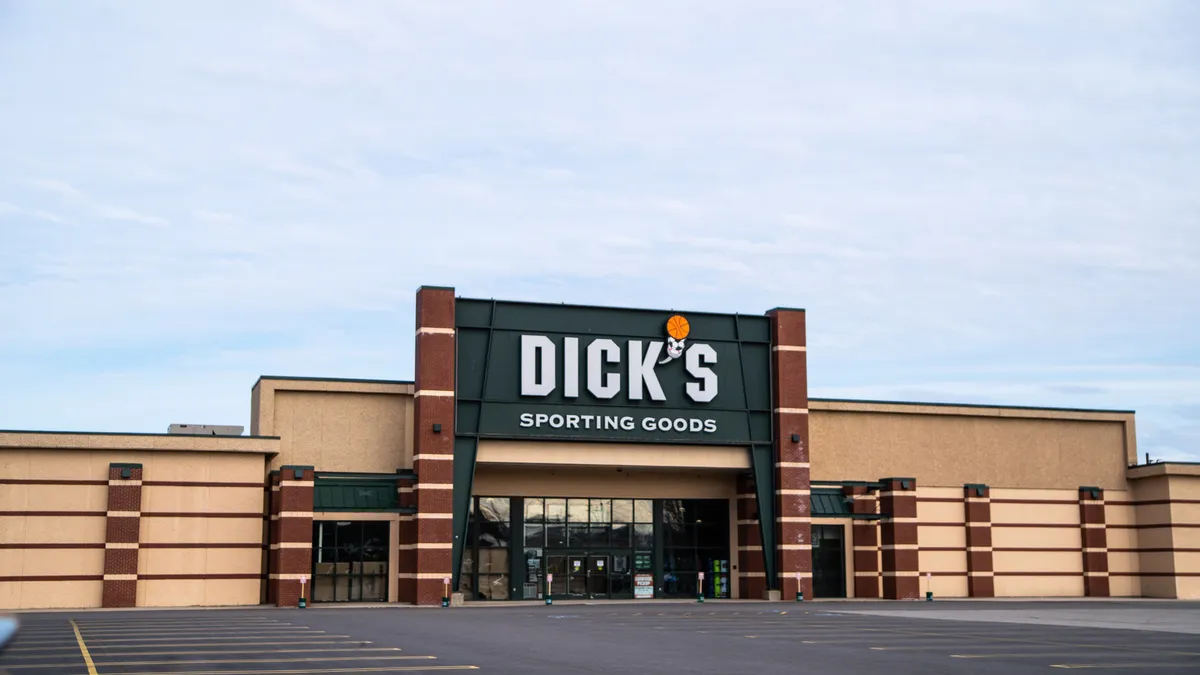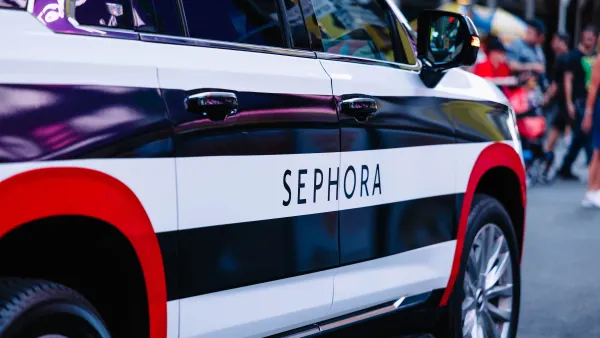Dive Brief:
- With record Q4 sales of $3.9 billion, up 7.8% year over year, Dick’s Sporting Goods is planning to increase capital investments in its stores. The funds will go toward opening new stores, relocating and improving existing stores, technology and supply chain expansion, Chief Financial Officer Navdeep Gupta said on a call with analysts Thursday.
- The retailer will start construction on 15 more experiential House of Sport locations this year, with eight of those opening in 2024 (seven of those are relocations or conversions of existing stores). The company also plans to open 16 next-generation Dick’s stores, 12 of which are relocations or remodels of existing stores, and 10 Golf Galaxy Performance Centers, five of which are remodels or relocations.
- These moves represent the most significant square footage expansion since 2017, Gupta said. The increased investment in stores also comes off of strong annual results, with net sales rising nearly 5% to almost $13 billion and comps up 2.4%.
Dive Insight:
After a strong end to 2023, Dick’s is projecting sales growth of up to 1.2% in 2024 and comps of positive 1% to 2%. At the same time, the retailer is increasing investments in its store fleet to capitalize on its new House of Sport and next-generation Dick’s stores, which CEO Lauren Hobart says are “the future” of Dick’s fleet.
“Compared to a typical Dick’s store, athletes are traveling farther to visit House of Sport, increasing the time they spend in the store and visiting more frequently,” Hobart said on an analyst call Thursday. “Because of the engagement and experience at House of Sport, our national brand partners are providing access to unique and expanded assortments, while new and emerging brands see it as a platform for growth.”
The payback period for a House of Sport location, which requires net capital expenditures of about $11.5 million, is less than three years, according to a slide that accompanied the retailer’s earnings call. The experiential store concept, which was introduced in 2021 and features things like climbing walls and multisport fields, generates $35 million in omnichannel sales in its first year, per the company.
Dick’s next-generation stores, which Hobart describes as inspired by its House of Sport locations, require $2.5 million in capital expenditures and generate $14 million of omnichannel sales in their first year. The payback period for these is also shorter, at less than two years.
The newer formats are making emerging brands want to partner with Dick’s Sporting Goods, Gupta said, noting that the retailer is excited about the potential of newer brands like On, Hoka and Free People Movement. And after a tougher year for its outdoor business in 2023 — Dick’s acquired Moosejaw from Walmart and then shuttered 11 of its 14 stores — Dick’s is done integrating Public Lands and Moosejaw and looking toward growth again.
“We continue to be really excited about the outdoor category,” Gupta said. “We know there is an opportunity to similarly differentiate in terms of service, product experience, as well as the overall assortment that we can provide ... We are closing Moosejaw locations, but we are confident in the go-forward business.”
Dick’s numbers, particularly its comparable sales growth, is a good sign, as it breaks a trend of slowing growth, according to GlobalData Managing Director Neil Saunders. The retailer is also making a name for itself as an apparel destination — Hobart said its private label Calia brand is the second largest women’s brand at Dick’s behind Nike — and that is driving customers to the retailer, Saunders added.
“While Dick’s has long been successful within the sports clothing arena, over recent years it has attracted more shoppers looking for clothing for everyday wearing,” Saunders said in emailed comments. “Since 2019, overall spending on casual clothing has risen by 22.6% in the U.S. At Dick’s, sales of casual clothing have risen by a whopping 123.3%. Market share, while still very small, has almost doubled. The increase has added over $447 million to Dick’s sales line.”
At the same time, the retailer has worked to combat the impacts of theft in stores, including increasing its inventory reserve, moving high shrink items to the back of the store and working with loss prevention and local law enforcement.














